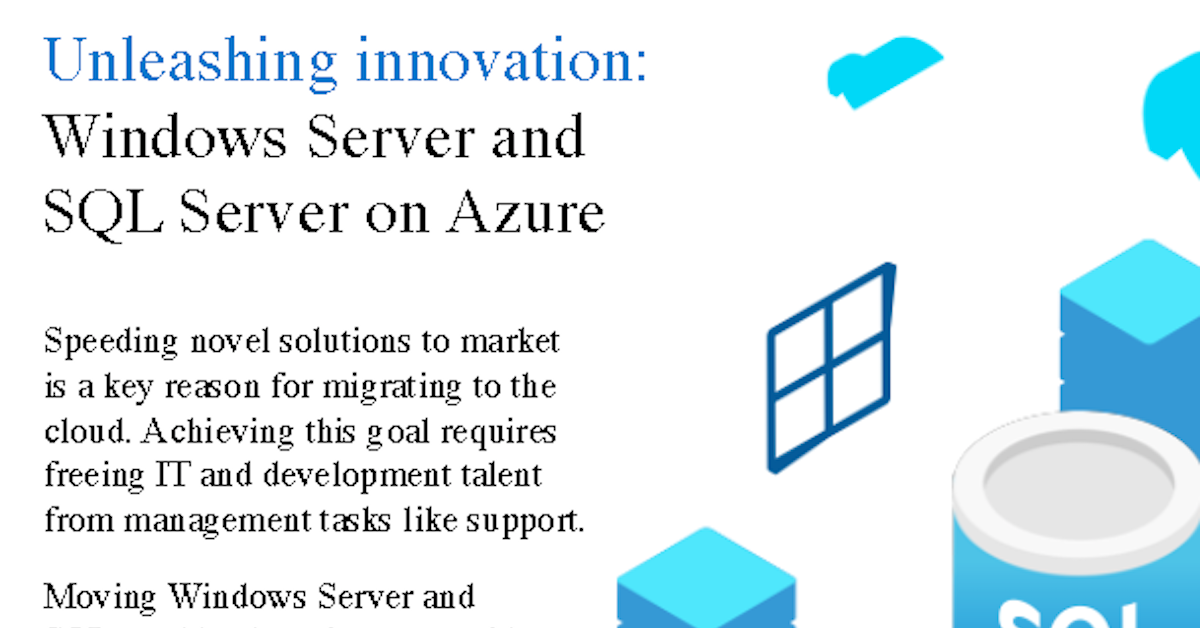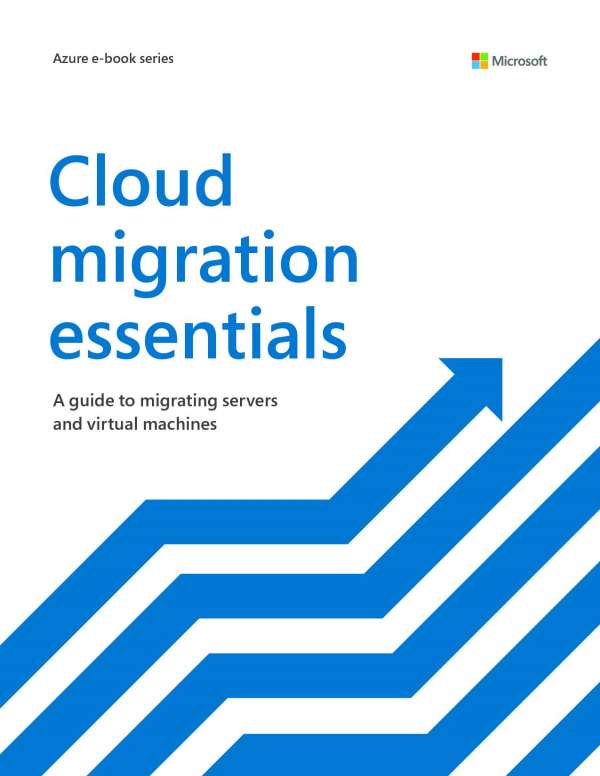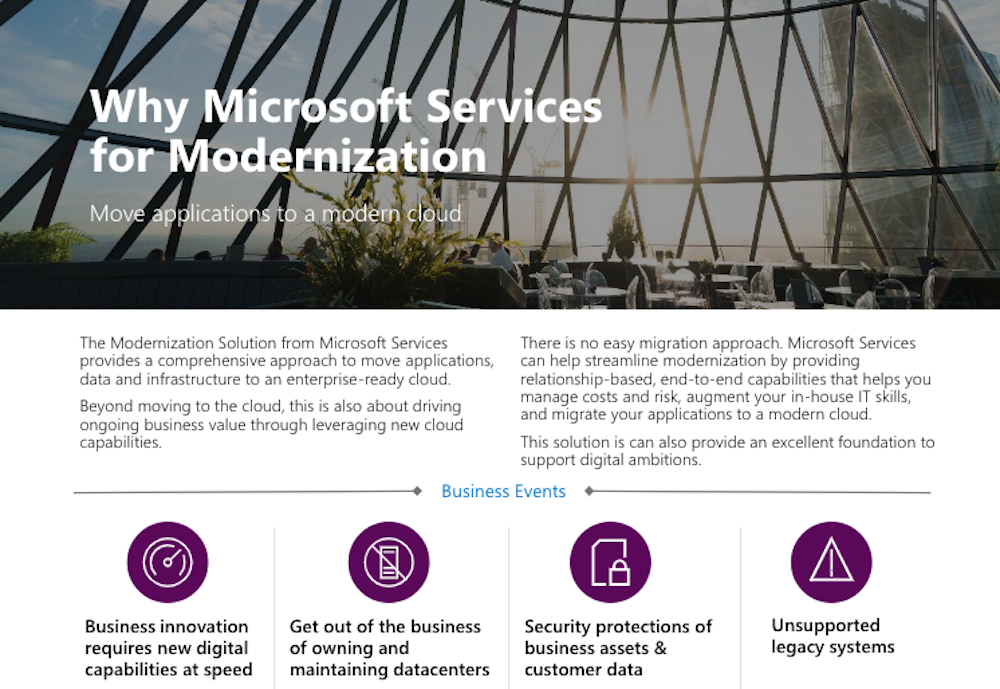Moving Windows Server and SQL workloads to Azure provides flexible, scalable, and highly available cloud infrastructure. It also supports rapid innovation and digital transformation, freeing you to innovate. This infographic presents the benefits of running Windows Server and SQL Server on Azure.









